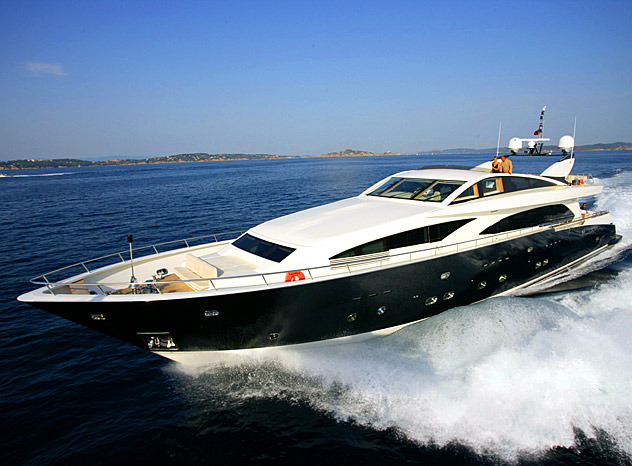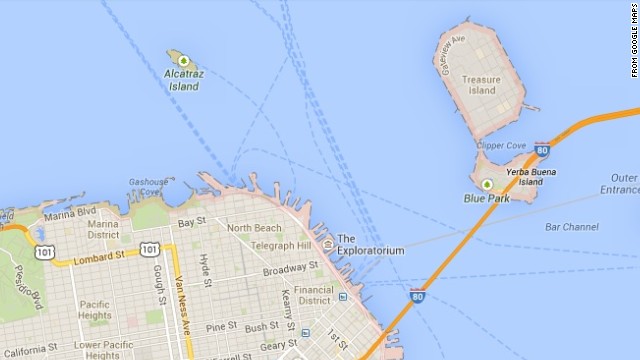In its long and storied history in the United States, Thoroughbred horse racing has experienced several ebbs and flows in popularity. There have been times when the general public could not get enough racing, as well as periods where the sport struggled to survive. Today we are going to look at one of those downturns, as well as how a key piece of technology, called the Totalisator, played a part in its resurgence in the early 20th century.
The history of horse racing in America can be traced back all the way to 1655, when the very first racetrack was constructed in New York. Although it was initially popular on a local level, it remained that way for nearly 200 years until the creation of the American Stud Book, the first official horse racing organization, in 1868. Combined with the economic prosperity brought on by the Industrial Revolution, the horse racing industry experienced an unprecedented explosion in popularity in the next several decades. Watching and gambling on the horses became a national pastime, and by 1890 over 300 racetracks were build to accommodate race fans across the country.
Unfortunately, horse racing’s incredible growth was short lived. Fed up with the corruption and criminal elements associated with bookmaking, growing anti-gambling sentiment lead almost all states to ban bookmaking. Without being able to wager on the races, people lost interest and the horse racing industry suffered greatly. By the early 1900’s, the number of active racetracks dwindled to 25. At this point horseracing was on life support, until a new style of betting was introduced and breathed new life into the industry.
Pari-mutuel betting
Pari-mutuel betting, a concept that was invented and established in France in 1867 by entrepreneur Joseph Oiler, offered the horse racing industry a new way to wager. Instead of gamblers betting against the house (for example, slot machines or Craps), they are gambling against all the other betters. All bets are placed in a pool and the payoff odds are calculated by sharing the pool among the winning bets. This type of wagering was favored because states can better able to regulate gaming, as well as receive a cut of the money wagered. As a result, states that previously outlawed bookmaking passed legislature to legalize pari-mutuel betting at racetracks. Slowly but surely, racetracks reopened and horse racing began to flourish again.
Pari-mutuel betting solved a large problem in horse racing, but the system was not perfect. Harry L. Straus, an electrical engineer, noticed one of these flaws first hand while visiting a track in Maryland. He placed a $10 bet on a horse showing 12-1 odds, and the horse won. Expecting to collect $120, he then saw that the final odds calculated 10 minutes after the race were less then 4-1. Frustrated by the smaller then expected payout, he looked to create a machine that could quickly and efficiently calculate the most accurate odds and payouts. Thus, the idea for an electric Totalisator was born.
Straus looked to improve on a device that was invented years earlier. George Julius, an English-born Australian inventor devised the first mechanical Totalisator and saw it implemented at tracks in Europe and New Zealand. The piece of equipment was revolutionary, but relied on slower methods of counting bets and issuing tickets (for example, using marbles or steel ball bearings to count bets). This resulted in slower payouts and miscalculated odds, often times while trying to handle a large number of bets. Straus saw the potential for an all-electric totalisator, and began to work on his design. After years of trial and error he perfected his all-electric Totalisator, and in the ensuing years dominated the race betting market.
As a result of his success, he joined forces with a competitor to create the American Totalisator Company. The company would also go on to pioneer the all-electronic devices that you will see in nearly ever racetrack in the US and Europe. The Totalisator, combined with pari-mutuel betting, essentially saved an industry that now generates billions of dollars each year.
Sources:
https://www.betamerica.com/extra/racing-101/handicapping-guide/
http://rutherfordjournal.org/article020109.html
http://casinogambling.about.com/od/racesports/a/Parimutuel.htm
http://en.wikipedia.org/wiki/Harry_L._Straus
Discover more from Tech News
Subscribe to get the latest posts sent to your email.











